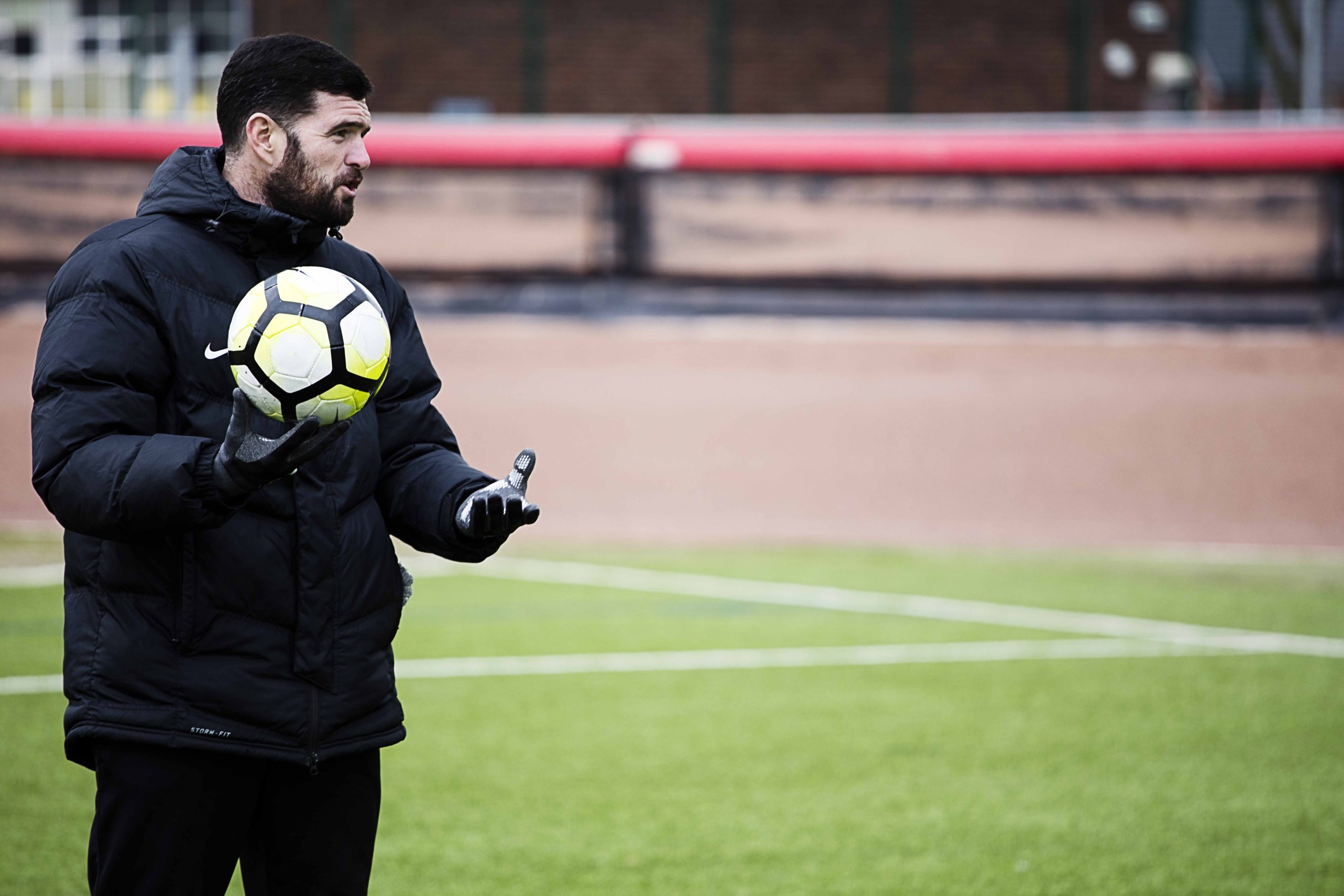
GIS Insight Series Recap: Sports Entrepreneurship
Sport has been ranked as the ninth largest industry on earth. Within this exciting, fast-paced, and ever-evolving industry, there are many opportunities for new business ideas to flourish. From academies to agencies, business experts shared their experience and advice with GIS in one of our signature Insight Series events. Hosted by Lynsey Hooper, four entrepreneurs […]
GIS Latest News
Filter

Guest Speakers
January 27, 2025 |
GIS Insight Series Recap: Sports Entrepreneurship
Read Post

Latest news
January 22, 2025 |
African Sport: An Untapped Market?
Read Post

Guest Speakers
January 20, 2025 |
Starting a Business in Sport
Read Post

Guest Speakers
January 15, 2025 |
GIS Insight Series Recap: Cricket’s Evolving Landscape
Read Post

Scholarships
January 14, 2025 |
Meet the Newest Recipient of GIS’ South Asians in Football Leadership Scholarship
Read Post

Global Summits
January 14, 2025 |
GIS Global Summits: The Start of Something New for Student Poppy Kelly
Read Post

Latest news
January 9, 2025 |
The Future of Cricket
Read Post

Alumni
December 17, 2024 |
Global Summits Pushed Me Out of My Comfort Zone: Katie-Leigh Scott’s Alumna Profile
Read Post

Latest news
December 12, 2024 |
Women’s Sport in Australia
Read Post

Alumni
December 12, 2024 |
Olympic gold medallist looking forward to studying at GIS
Read Post

